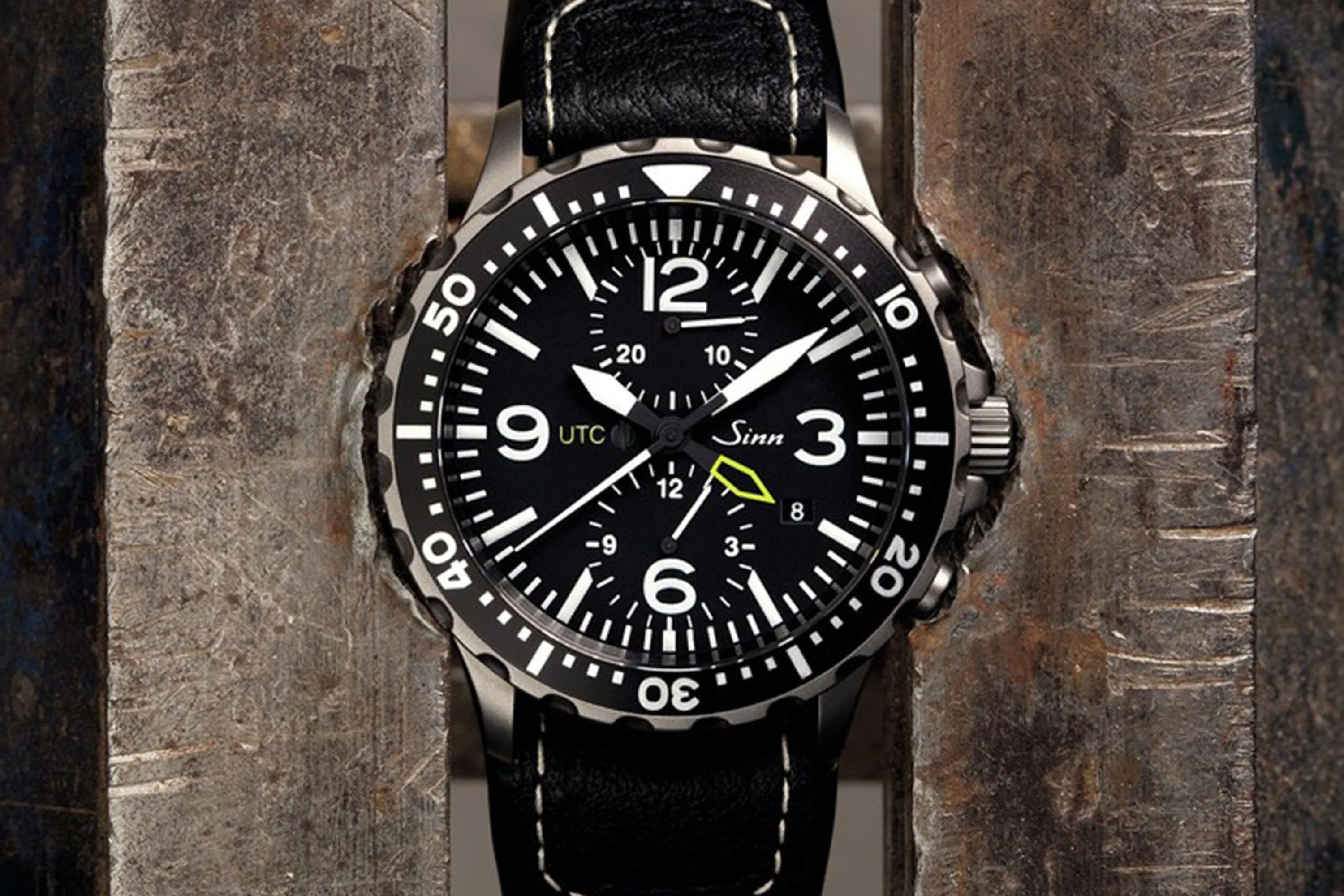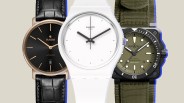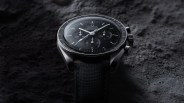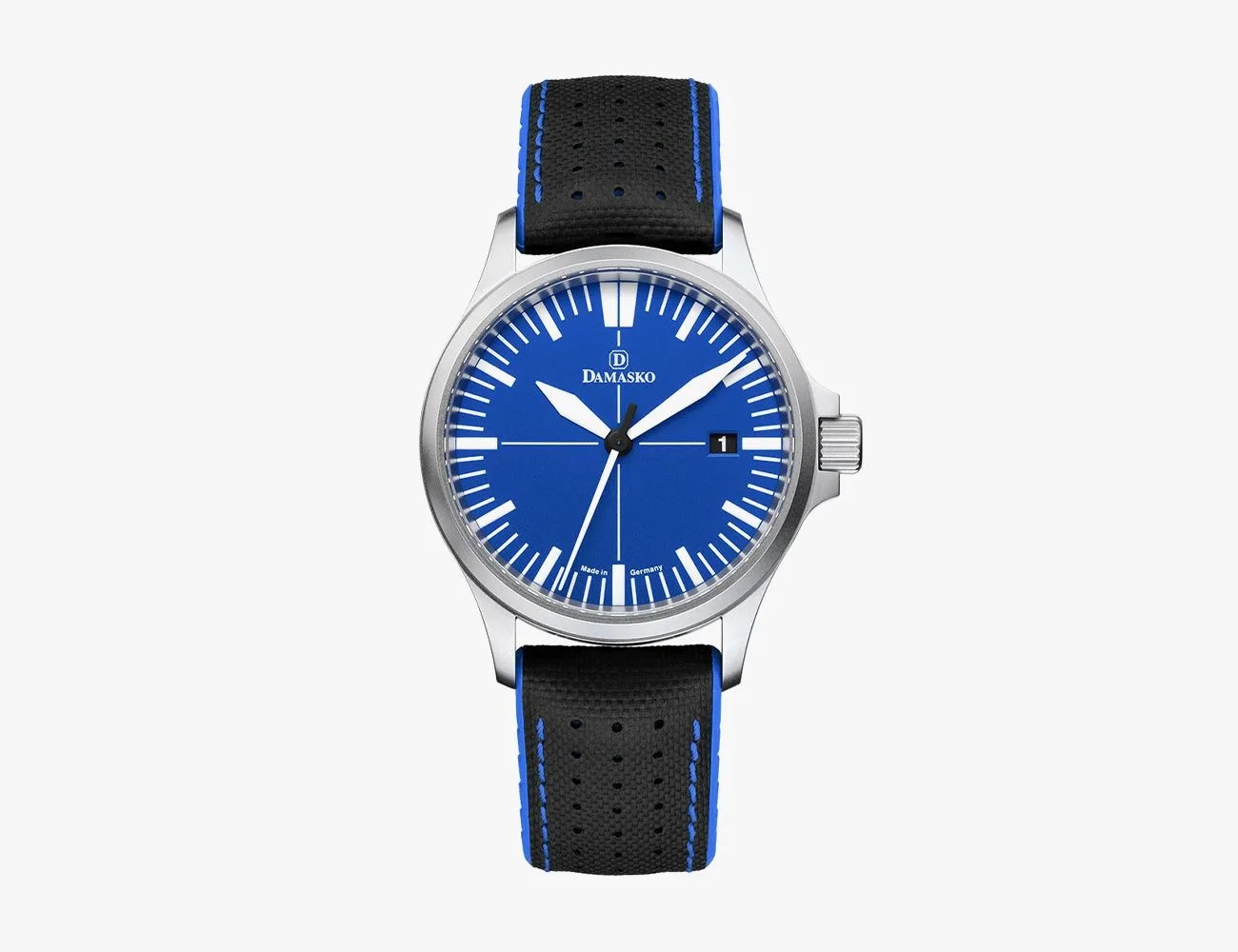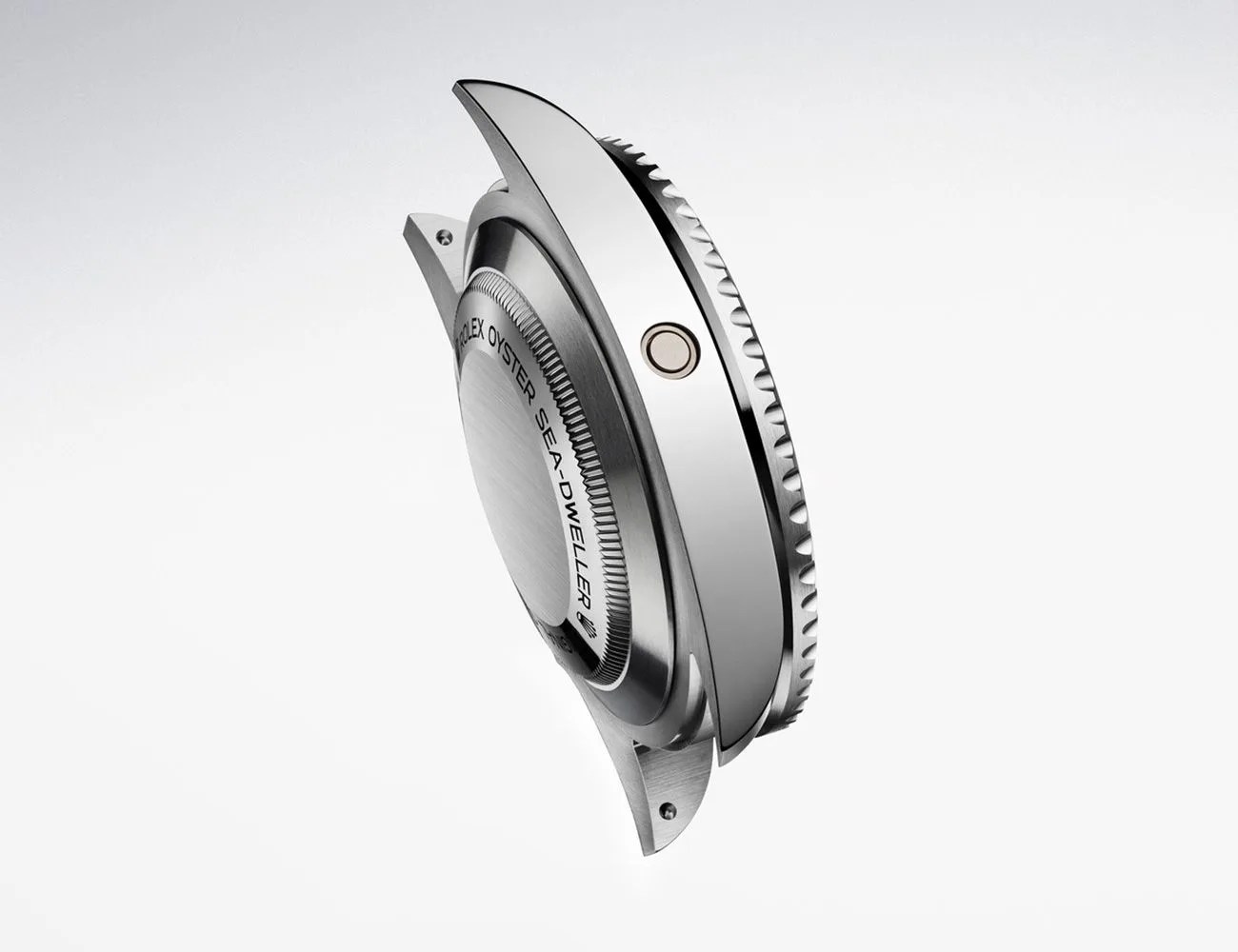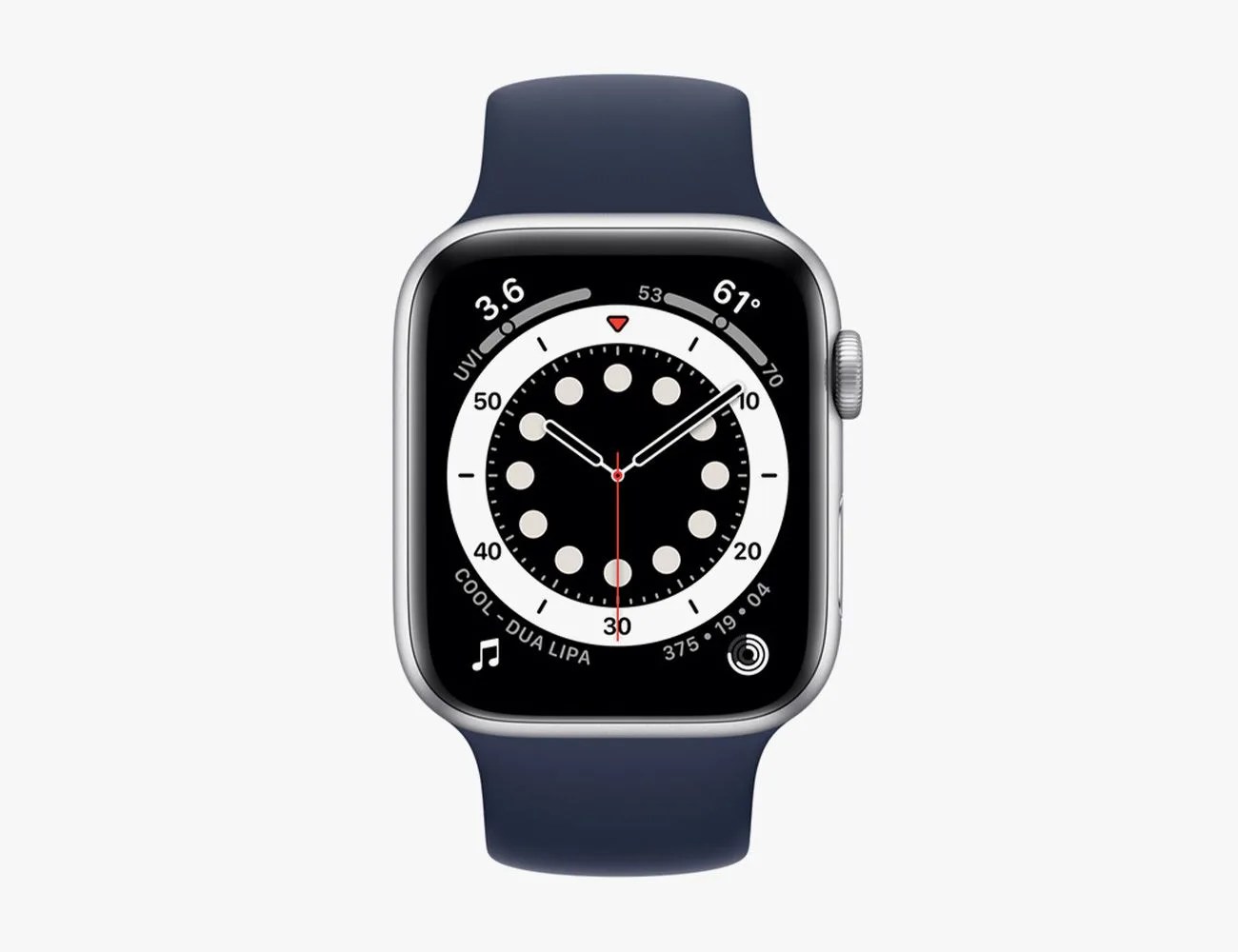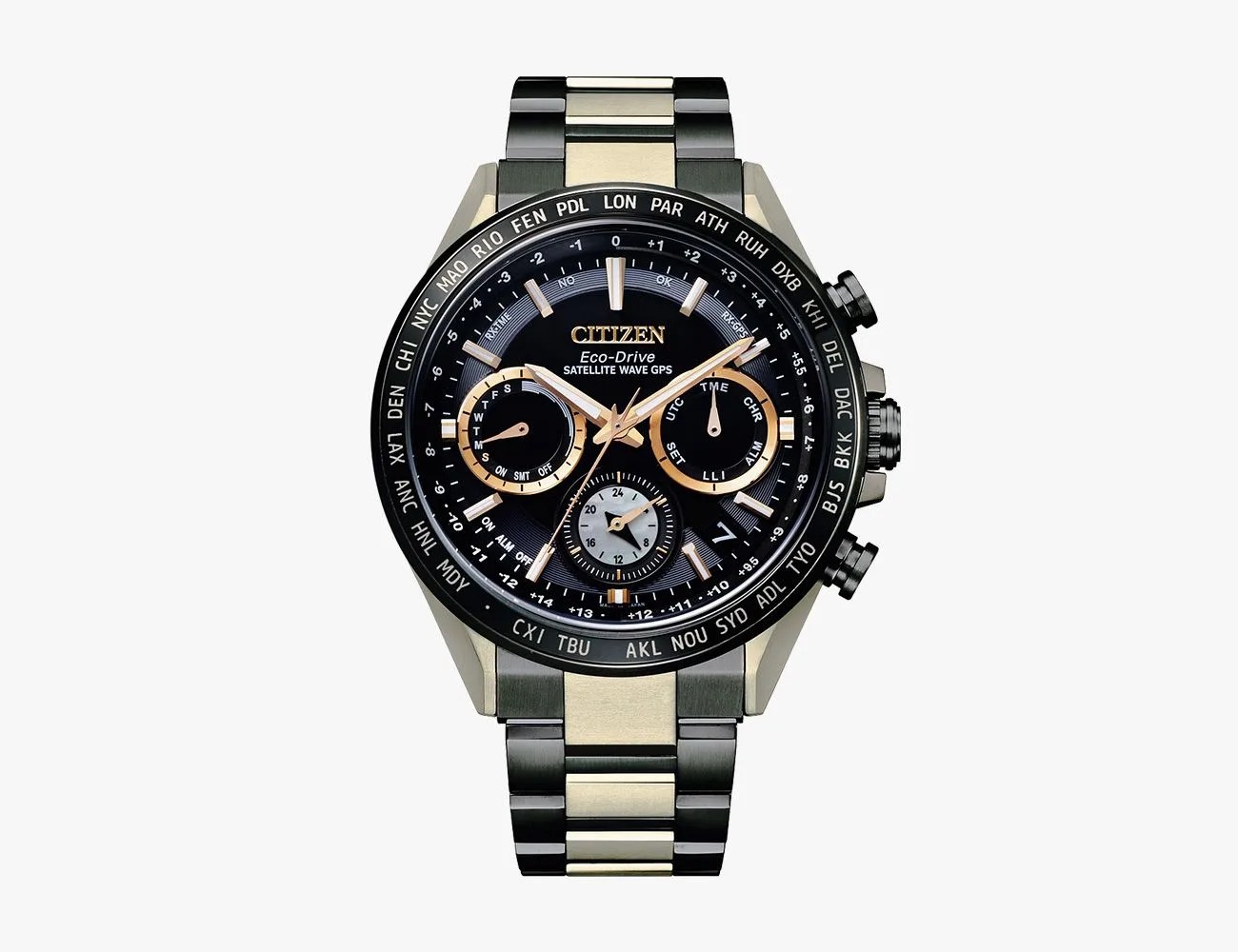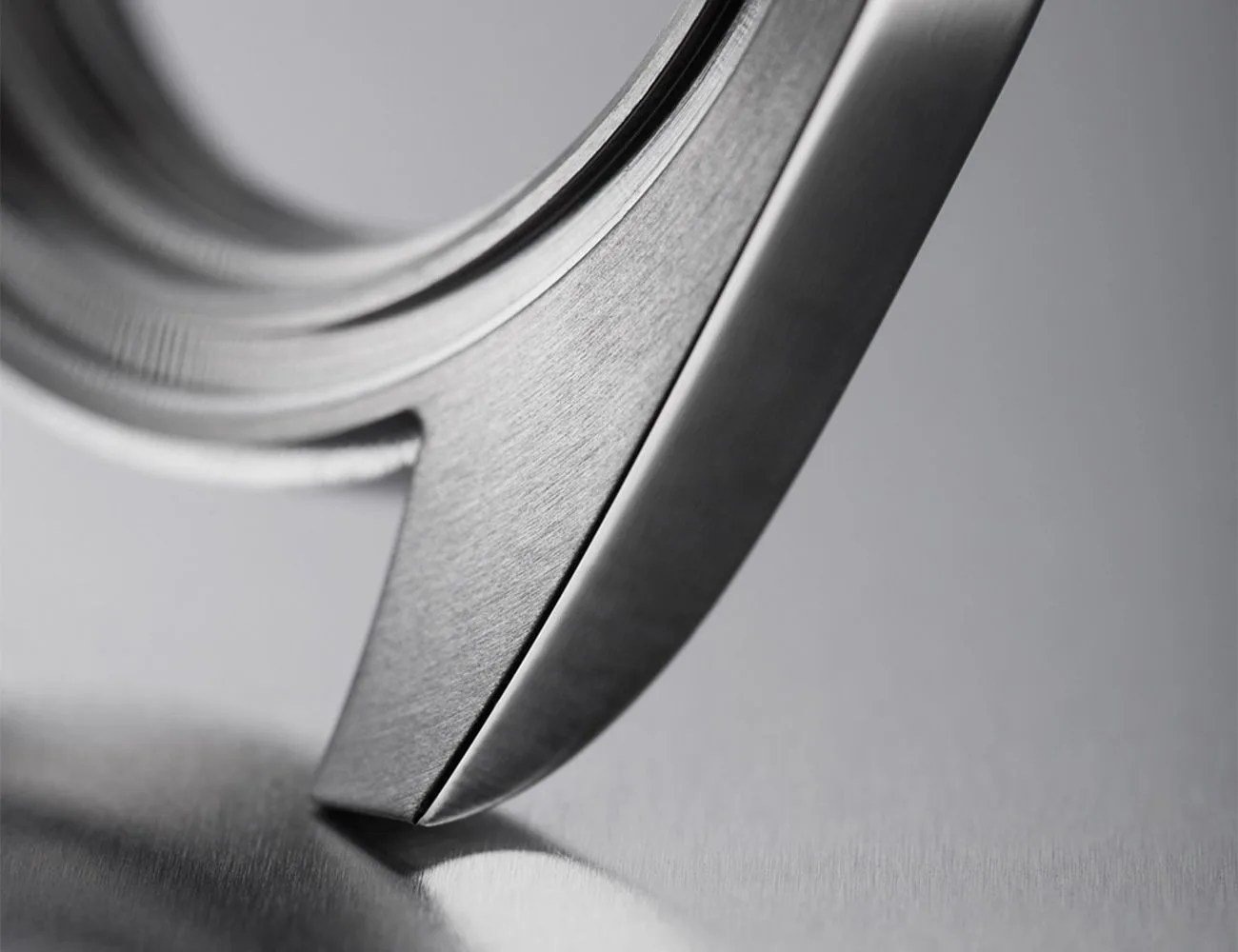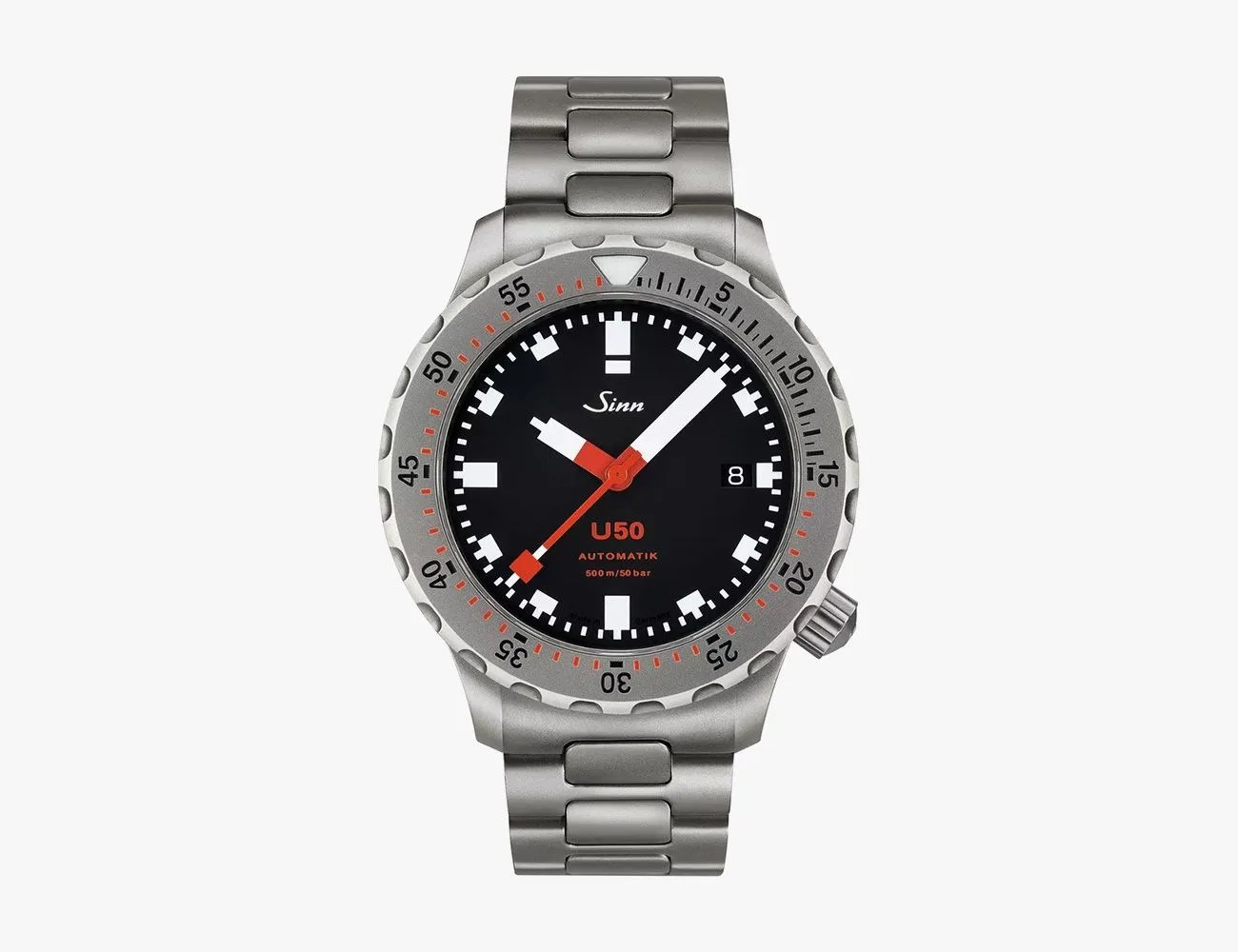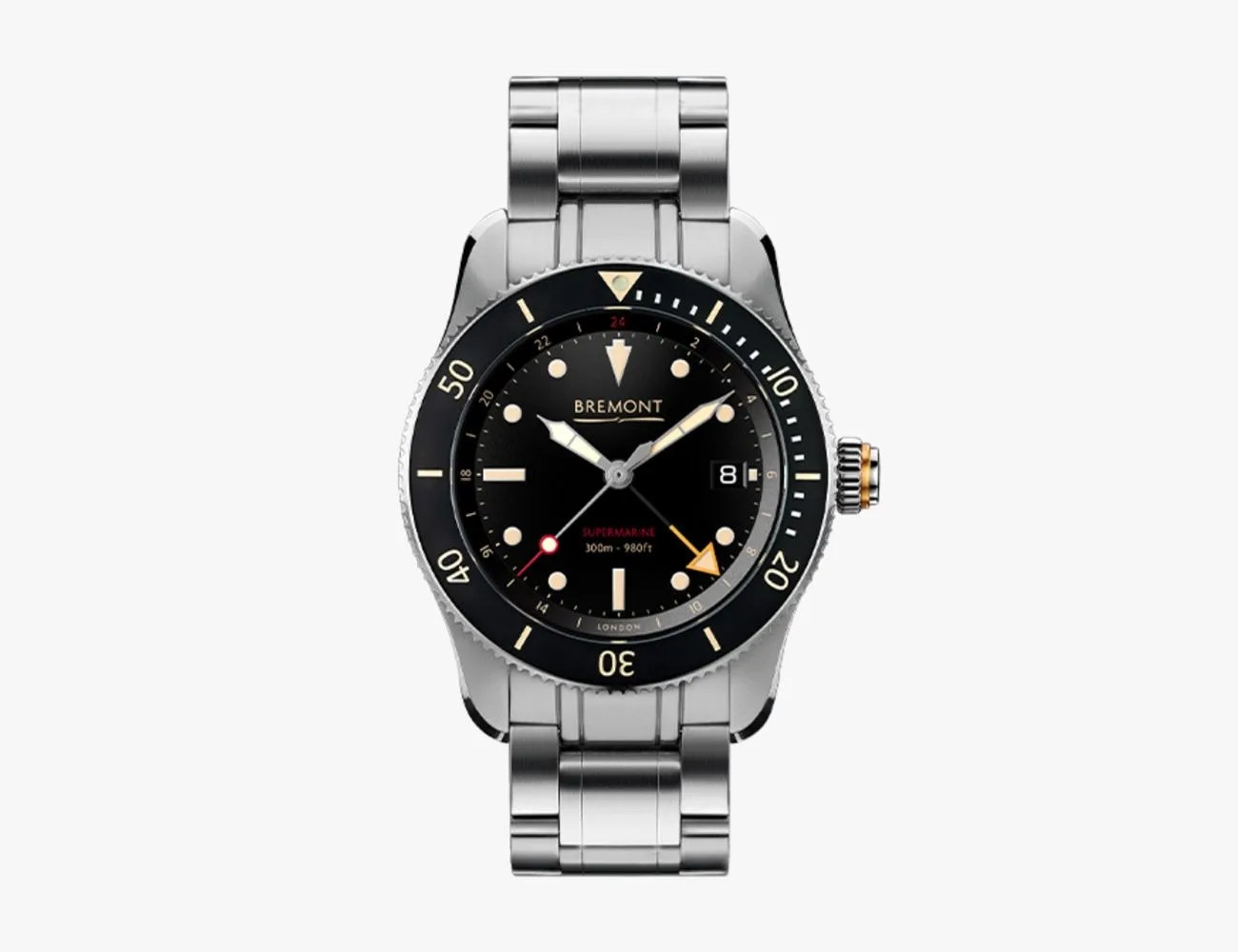Your rugged sport watch might be able to survive all kinds of environments and decades of wear, but it’ll often end up with battle scars to show it. You can baby your modern watch and shelter it from real life to avoid this, but watch companies employ a range of interesting technology to help keep metal scratch-free — and that means more worry-free wear for you.
Sure, some people like patina and wabi-sabi, but a watch that’ll function and look like new for longer is a compelling proposition. Techniques watchmakers use to increase scratch resistance not only keep a watch looking new, but they convey a sense of general toughness, technical superiority and an interesting story in the product. For a watch buyer, these features offer a lot of value — and although they can be a little intimidating to understand, they’re also pretty damn fascinating.
When talking about a metal’s properties, terms like strength and hardness are deceptively familiar but have specific meanings in engineering and material science. While strength refers to a metal’s tendency to break or bend under stress (not so much of a concern in watches), hardness is what you’ll want to take note of if you’re concerned about scratch resistance. Vickers are the most common measurement of hardness used in the watch industry, with 18ct yellow gold being about 150 HV (Vickers), 316L stainless steel around 200 HV and diamond at 10,000 HV.
Since there are many factors that affect a material’s physical properties (and they can get quite technical), it’s easiest to look at some examples of the three most common approaches for increasing scratch resistance in watchmaking: alloys, coatings and surface hardening.
Scratch-Resistant Alloys
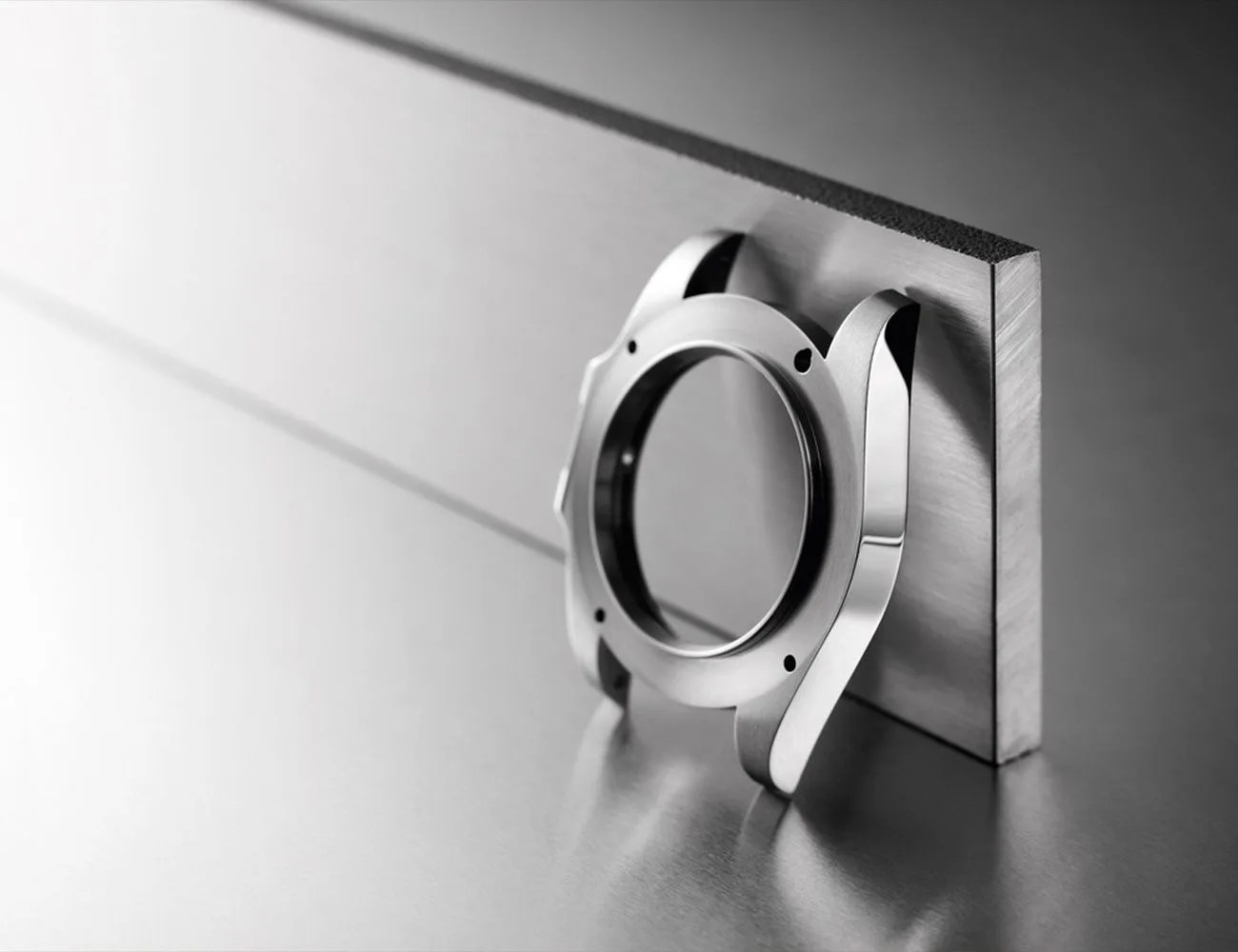 Rolex
RolexEven though a metal might generically be called steel or bronze doesn’t mean that its composition is identical to that of other steel or bronze. The steel most commonly used in watches is called 316L stainless steel (also “marine grade” or “surgical grade”), and it’s made from iron with smaller quantities of chromium, nickel, molybdenum and other ingredients which may differ slightly.
